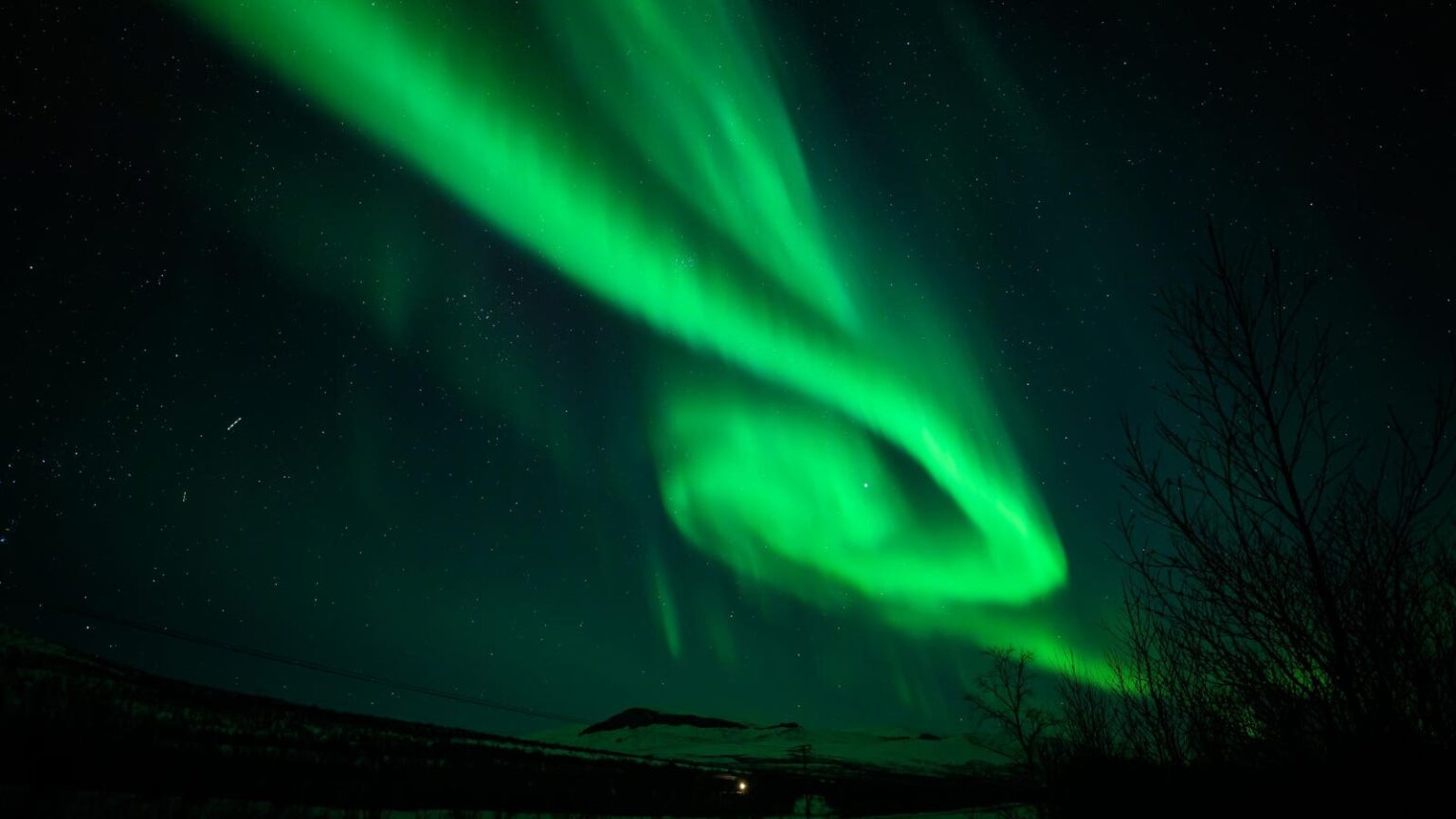Topline
More geomagnetic storm conditions are forecast for later in the week, pulling the aurora borealis farther south, though some states will likely have an earlier chance to see the phenomenon Thursday, according to the National Oceanic and Atmospheric Administration.
More geomagnetic storm conditions are expected later in the week, forecasters said.
Getty ImagesKey Facts
NOAA forecast auroral activity with a Kp index of four on a scale of nine for Thursday night, suggesting the northern lights will be brighter, more active and “quite pleasing to look at” for stargazers in the right areas.
Thursday’s northern lights forecast follows recent geomagnetic storms, including some minor to moderate conditions earlier Thursday as effects from a recent coronal mass ejection continued to disrupt Earth’s magnetic field, NOAA said.
More geomagnetic storm conditions are forecast for Saturday, as the effects of a coronal mass ejection on Wednesday will likely reach Earth’s atmosphere, according to NOAA’s projections.
Auroral activity will be calmer Friday before increasing on Saturday, according to NOAA’s three-day forecast, with a Kp index of nearly four and just under five forecast, respectively.
Where Will The Northern Lights Be Visible?
Most of Canada and Alaska will have the highest chance of seeing the northern lights, with a lesser likelihood forecast across northeastern Washington, northern Idaho, Montana, North Dakota, northern South Dakota, Minnesota, Upper Michigan, northern Wisconsin and Maine. (See map below.)
Thursday’s view line.
NOAAWhat’s The Best Way To See The Northern Lights?
The northern lights are best seen between 10 p.m. and 2 a.m. local time while at an unobstructed, north-facing and high vantage point away from light pollution, NOAA said.
What’s The Best Way To Photograph The Northern Lights?
With a regular camera, NASA recommends using a tripod, a wide-angle lens and an aperture or F-stop of four or less to capture the northern lights. If using a smartphone, NOAA suggests enabling night mode, turning off flash and using a tripod to stabilize the image.
Key Background
Increased solar activity is expected into early 2026, meaning the northern lights will continue to be visible to more people in the U.S., according to projections from NOAA and NASA. This increase in activity coincides with a “solar maximum” achieved during the sun’s 11-year cycle, NASA said, as more solar events like coronal mass ejections and solar flares are likely. Electrons from these events are responsible for northern lights displays, as they become “excited” once colliding with molecules of oxygen and nitrogen in the Earth’s atmosphere before releasing energy in the form of swirling lights.
Further Reading
Read the full article here


